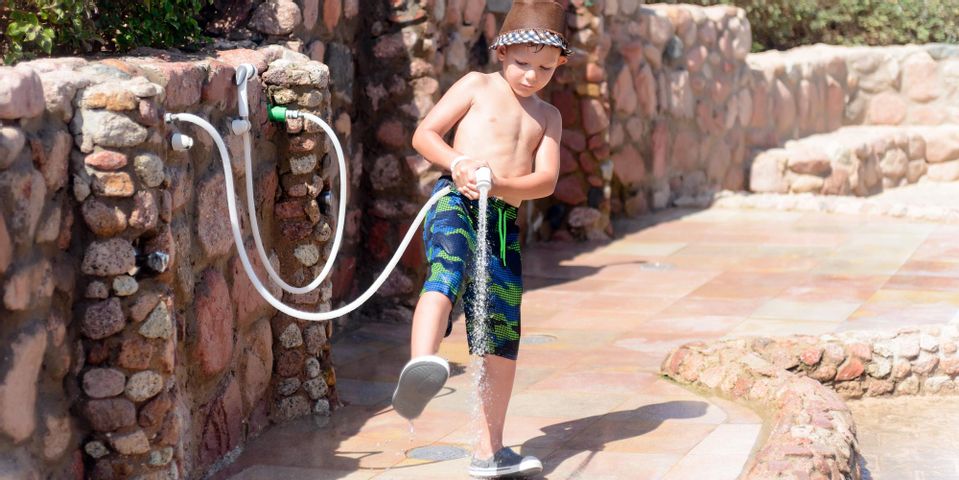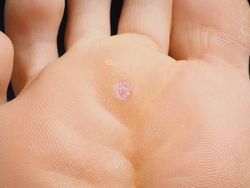
Warts can form on several parts of the body, but plantar warts appear on the feet, often on the soles or toes. Plantar warts grow into the skin as a person’s weight pushes them into the sole of the foot, making them particularly difficult to remove without professional foot care. Here’s everything you know about their contraction, prevention, and treatment.
How Warts Form
Human papillomavirus (HPV) stimulates the growth of protein on the skin, sometimes creating warts. Plantar warts resemble hard blisters, or black dots surrounded by white tissue on the soles of the feet. Like most viruses, HPV is transferred person to person, most commonly by skin-to-skin contact. However, sharing shoes and towels or walking around public spaces with bare, wet feet can also transmit certain HPV strains. Therefore, people with weakened immune systems are at a higher risk of contracting warts.
How to Prevent Them
Just as there are several ways to contract HPV, there are many ways to protect yourself from infection and maintain proper foot care. Besides wearing flip flops or aqua shoes in public showers or pool areas, avoid sharing towels, shower sponges, and shoes with others. If you already have warts, don’t touch them or let them come into contact with another person; regularly wash your hands.
How to Treat Warts
 At Home
At Home
Salicylic acid destroys the wart with harsh chemicals. Use petroleum jelly to protect the healthy skin around the wart and apply the over-the-counter solution daily until the problem clears up. Stop treatment immediately if it becomes painful. Another common home remedy is using a pumice stone or emery board to remove dead skin cells and soften the wart. Most warts clear up on their own over a period of weeks to years. If a wart causes pain, discomfort, or cosmetic concerns, consider visiting a doctor to seek foot care treatment.
At the Podiatrist
In cryotherapy, a trained professional applies liquid nitrogen to the wart, freezing and destroying the infected cells. Conversely, laser treatment focuses a laser beam at the site, burning and killing the wart. An alternative is cantharidin, a topical substance applied by a doctor, which forms a blister over the infected site and lifts the wart from the skin. Candida antigen shots, on the other hand, are injected into the skin around the wart to stimulate cells to recognize and attack the virus. Finally, a surgical razor can shave away warts while the patient is under local anesthesia.
If a plantar wart has compromised your daily routine, seek foot care help from Foot & Ankle Specialists in Cincinnati, OH. This local company is staffed entirely by physicians that hold a teaching or directorship position in a surgical residency program. The board-certified podiatrists treat a variety of foot and ankle conditions, including complex disorders, deformities, and infections. They offer professional, prompt, comfortable care that helps patients return to their active lifestyles. Learn more about their services by visiting their website or calling (513) 769-4408.
About the Business
Have a question? Ask the experts!
Send your question

